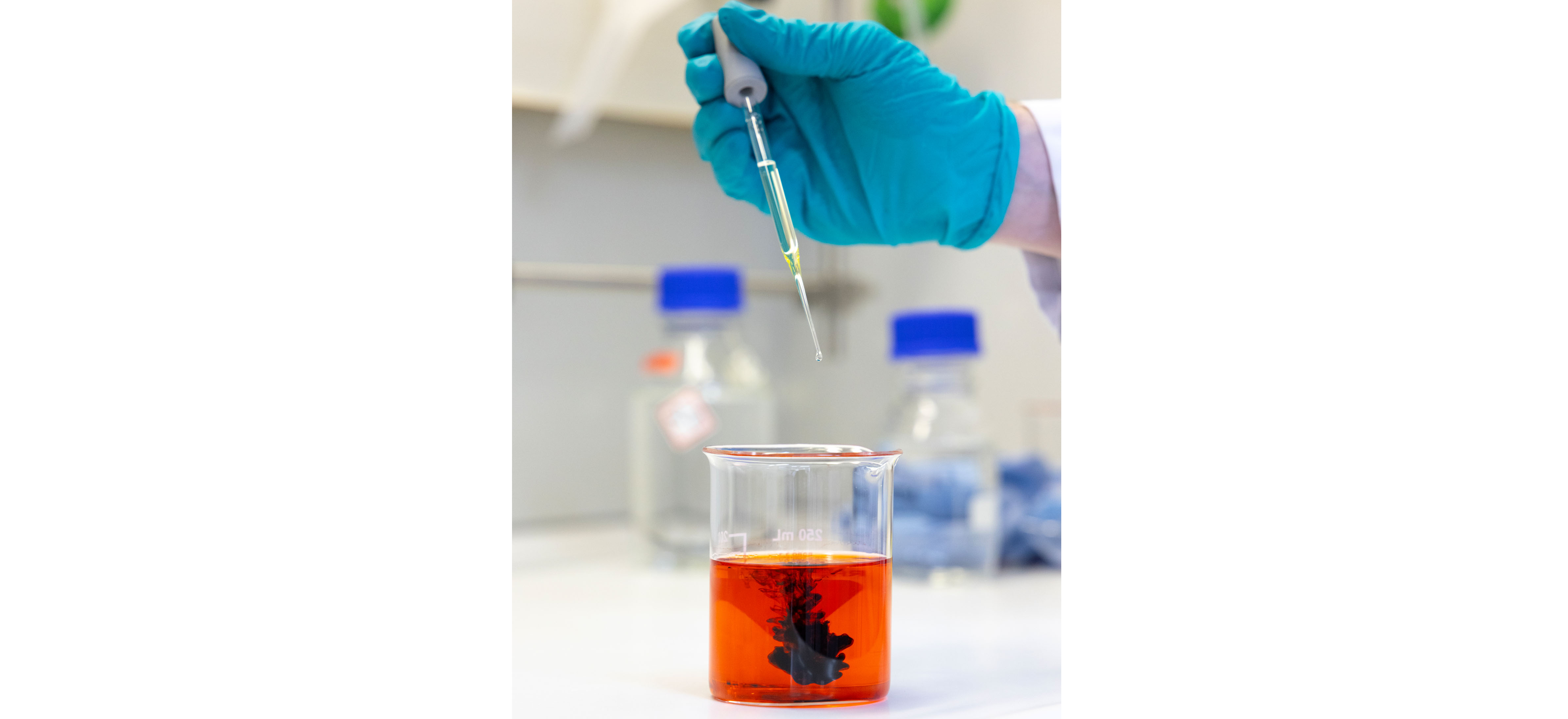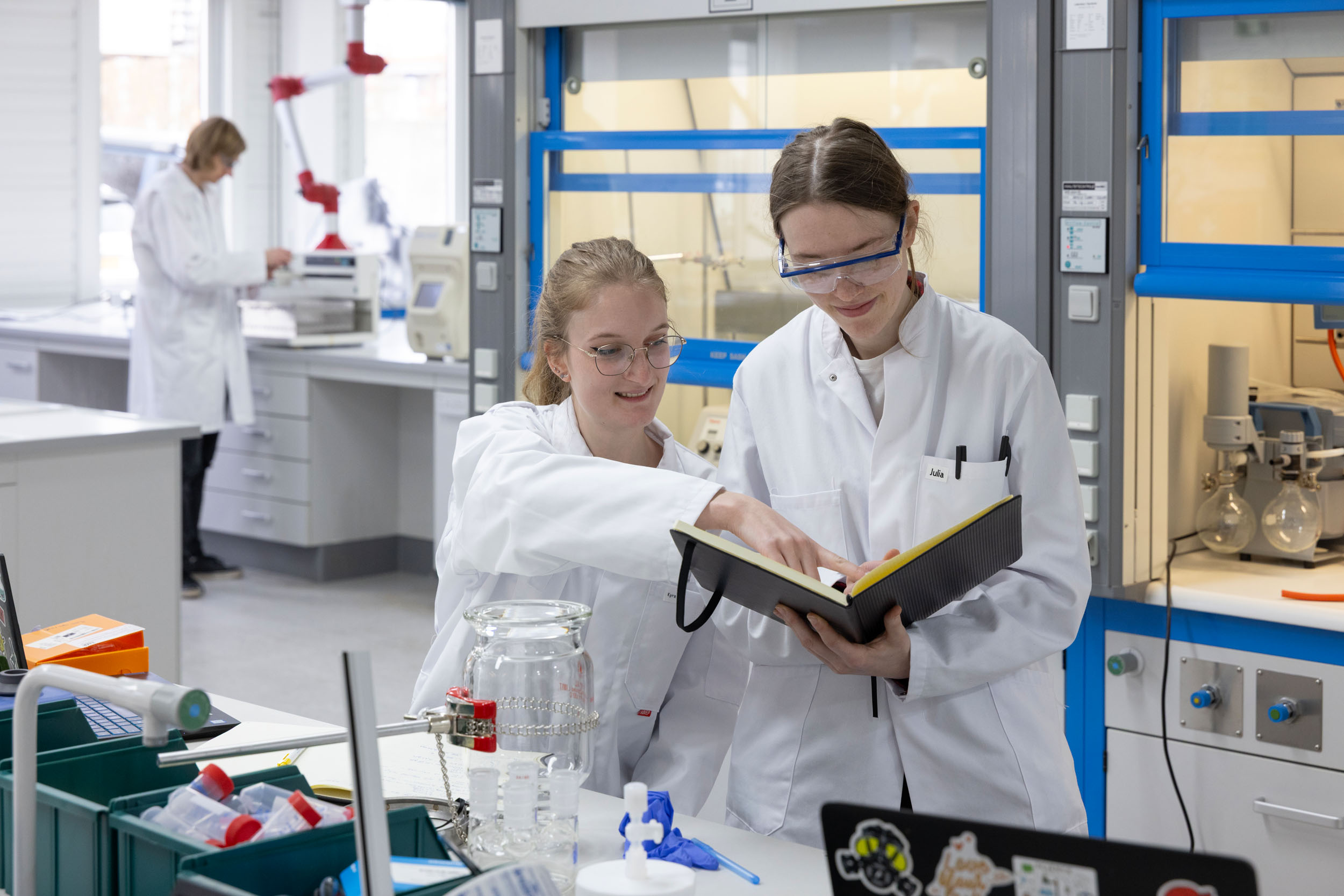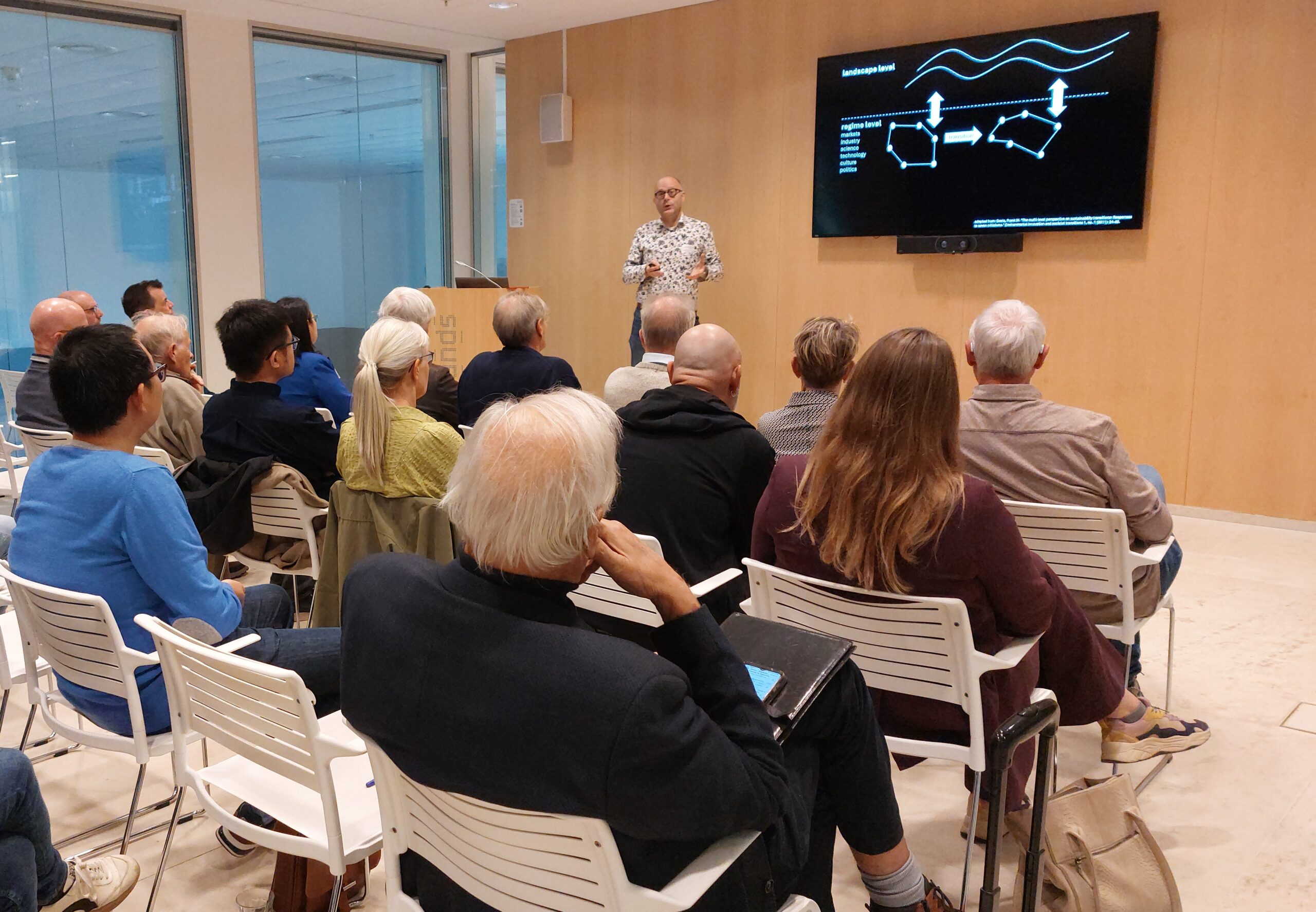Biobased colours with a future
BioColEol focuses on natural colourants such as curcumin, pelargonidin, purpurin, and alizarin. These pigments are used in biopolymers — the building blocks of sustainable plastics. The goal is to create dyes that retain their brightness but are also decolourable and biodegradable, making the reuse and recycling of textiles and packaging simpler and cleaner.
Under the leadership of project leader Kees Kruithof from MNEXT, the partners are investigating how natural dyes can be stabilised, processed, and applied in realistic product cases. By combining expertise from chemistry, materials science, and recycling, BioColEol is turning early research into practical industrial applications.
Collaboration across borders
The project brings together Centexbel, Ghent University, Maastricht University, and MNEXT, supported by Interreg Flanders–The Netherlands. Each partner contributes its own expertise — from biopolymer research and recycling to material development and applied education — making this a strong collaborative start to a shared mission.
Knowledge sharing and practical innovation
A key focus of BioColEol is knowledge transfer. Results will be shared through demonstrations, workshops, and comparisons between biobased and synthetic dyes in terms of environmental and health impacts. This provides companies with practical tools to make the transition to sustainable dyes.
For MNEXT, the project aligns perfectly with the mission to accelerate the materials transition by connecting research, education, and industry. By linking research directly to practical applications, companies can more easily respond to stricter environmental regulations and meet the growing demand for sustainable products.
Colour with impact
BioColEol shows that innovation in colour is about more than aesthetics — it’s about the future of materials, production, and the planet. With biobased dyes that are both reusable and biodegradable, products can be not only beautiful, but responsibly coloured — demonstrating that circular solutions are now taking shape.







